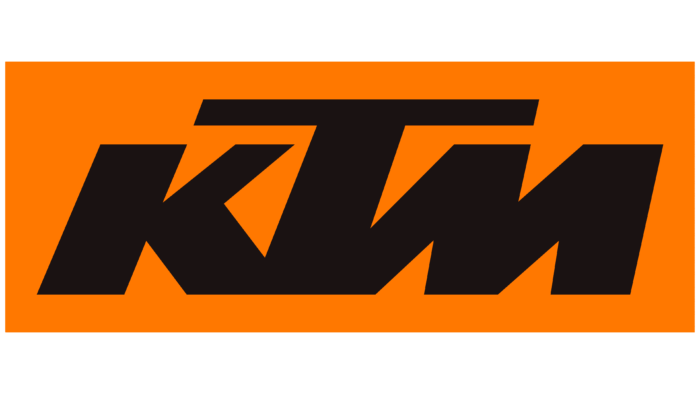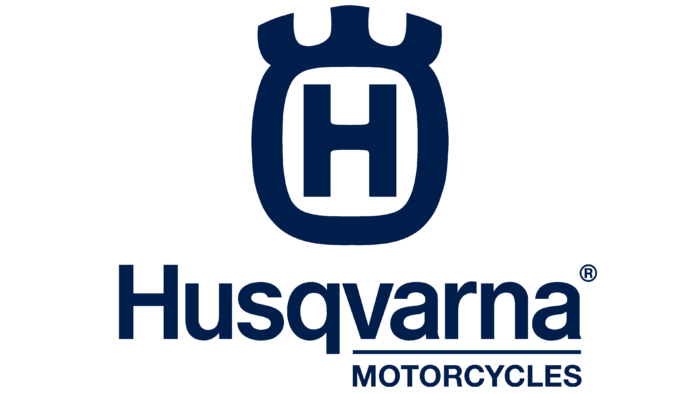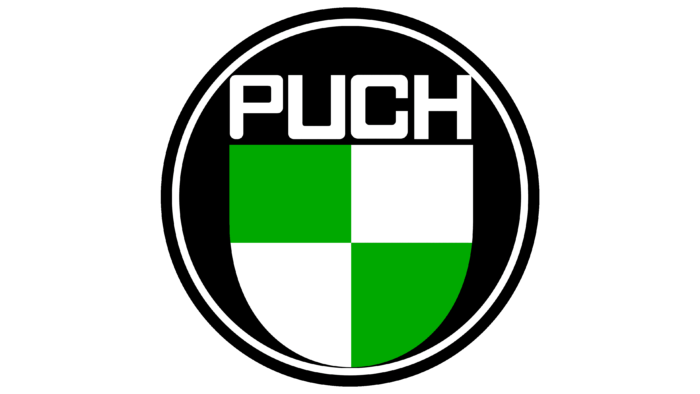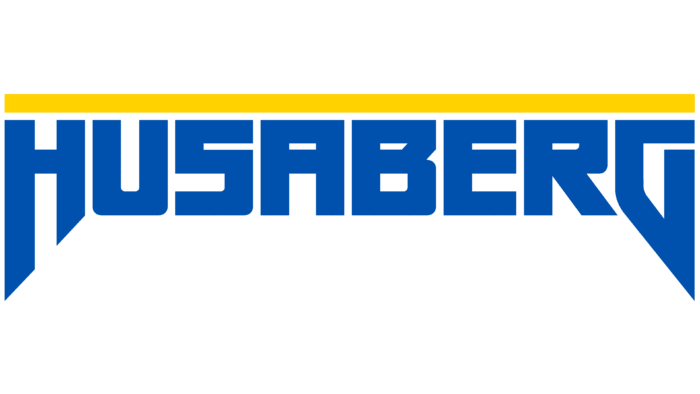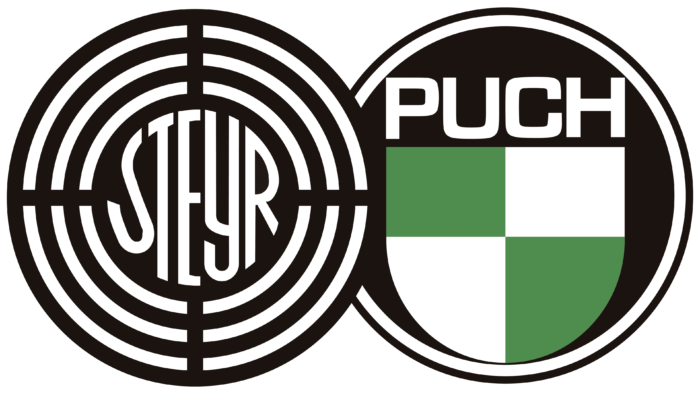Motorcycle brands are not only the popularization of prestigious vehicles for lovers of drive and dynamics. They have a whole history that the creators of each brand cherish. They are legends that have found their embodiment in reality, a vast field of associations, someone’s dream realized in practice. We offer you an overview of famous Austrian brands.
What are Austrian motorcycle brands?
KTM, Husqvarna Motorcycles, Puch, Husaberg, and BRP-Rotax GmbH & Co KG are the leading among the active motorcycle companies in Austria. Delta-Gnom and Steyr-Daimler-Puch are among the bankrupt brands.
KTM
KTM was founded in 1936 in Mattighofen and headed by engineer Hans Trunkenpolz. Initially, it was a workshop specializing in metal processing. Motorcycle production began almost two decades after the company’s founding in 1954.
The brand is widely known for its off-road motorcycles. But in the last few years, its lineup has expanded to include road motorcycles.
Understanding the company’s history makes the symbolism of the logo clearer. The company name is typed in italics, evoking associations with the dynamics inherent in off-road motorcycles. The letter “T,” towering above the others, suggests the company’s solidity, history, respectability, and responsibility in production. However, the orange color in the logo design is perceived as softer than red. In this case, it can be interpreted in the context of the company’s reliability.
Husqvarna Motorcycles
Husqvarna Motorcycles is a subsidiary of the giant KTM. However, the brand itself appeared in Sweden much earlier. At the end of the XIX century, Husqvarna was founded, specializing in bicycle production. A landmark in the company’s history was in 1903 when the first motorcycle was produced under this brand.
Husqvarna Motorcycles’ recent history is as dynamic as its motorcycles. The company has been resold several times to powerful concerns, having managed to be the property of the Italian company Cavina and the legendary brand BMW Group. In 2013, KTM acquired Husqvarna Motorcycles. Today, this company is known worldwide for its racing motorcycles. Thus, here we see the merger of Australian and Austrian manufacturers.
The logo of Husqvarna Motorcycles is quite interesting from a conceptual point of view. The company’s name is written in full, but an interesting visual symbol frames its capital letter, the upper part of which vaguely resembles a crown. Part of the second word is underlined, suggesting emphasis and specificity. The blue logo design, associated with safety and calmness, is appropriate in this context. It is like a reminder: “The manufacturer has made sure that its motorcycles are reliable and do not fail.”
Puch
Puch was originally an Austro-Hungarian and then an Austrian company. At first it was called Steyr-Daimler-Puch. Since 1864, the company produced military equipment, firearms, automobiles, airplanes, and motorcycles. The production of automobiles ceased in the early 2000s. It should be noted that many people worldwide know the company exactly as a motorcycle manufacturer.
The logo is made in the form of an emblem. It is a competent stylistic solution indicating tradition and authority. The straight font indicates the specificity of positioning. The contrast of black and white colors indicates the clarity and uniqueness of the associative series that evokes the brand. However, bright green is also used in the logo. This color is associated with nature, activity, health, and dynamics. This combination looks quite logical not only visually but also in meaning. And rounded shapes and lines smooth out the contrast and, in addition to concreteness, give the emblem concept some appropriate softness.
Husaberg
After the Italian company bought the production division of Husqvarna Motorcycles in 1987 and moved production to Italy, the engineers decided to stay in Sweden. Thomas Gustavsson headed the company. This decision began the Husaberg brand, later acquired by the Austrian company KTM Sportmotorcycle.
The company’s logo uses the company’s full name. An interesting solution is a stylized font and symmetrical oblong first and last letters with sharp edges. Undoubtedly, such a logo looks memorable, stylish, and bright. Especially if it uses a deep blue font color and a bright yellow line chosen for the upper underline. The very idea of underlining evokes an association with unusualness. At the same time, it is a good stylistic device that makes the logo even clearer. This solution is rational and practical, as the different sizes of the letters at the bottom of the logo would not allow a line to be drawn underneath them.
BRP-Rotax GmbH & Co KG
The Austrian manufacturing company BRP-Rotax GmbH & Co KG, better known simply as Rotax, is a subsidiary of the Canadian company BRP and specializes in producing recreational and extreme sports motorcycle equipment. The Austrian company’s world fame began in 1950 with the production of the famous scooter LOHNER.
Today, the company’s logo evokes associations with specificity and technology. The vertical white font reminds us of the clarity and transparency of production standards. The burgundy background with a gradient traditionally emphasizes authority, solidity, and intelligence. The BRP emblem serves as a reminder of the giant that is Rotax’s parent company.
Defunct motorcycle brands
Delta-Gnom
Delta-Gnom was founded in 1923 and made history as a renowned motorcycle manufacturer. Production continued until the 1930s, then resumed for a while, and continued until 1955.
The company’s logo is quite eloquent and corresponds to its name. At the base is a large triangle (delta) divided into inner segments by small triangles. A stylized font is inscribed in its composition, the slopes of which repeat the segments of the figure.
Steyr-Daimler-Puch
The city of Steyr-Daimler-Puch has already been mentioned above. It originated in the times of Austria-Hungary, which existed from 1864 to 2001. The company’s logo resembles a target; its name is in the center of white letters. The word next to it is duplicated in black italic font. This solution is quite unusual. But if you get acquainted with the company’s history, which produced firearms at some stages of its existence, among other things, it is quite understandable. At the same time, the name in the center can be associated with the goal, which is relevant for people with a “target” vision of their priorities. Even though the logo uses only white and black colors, it looks strong from a visual and semantic point of view.
These were the TOP interesting and attractive logos of Austrian motorcycle brands.
FAQ
What motorcycle is made in Austria?
Based in Mattighofen, Austria, KTM is Europe’s leading high-performance street and off-road motorcycle manufacturer. The parent company, KTM AG, operates several brands: KTM Sportmotorcycle, KTM Racing, Husqvarna Motorcycles, WP Suspension, and GASGAS Motorcycles.
- KTM Sportmotorcycle: Produces a wide range of bikes known for their agility, durability, and innovation.
- Husqvarna Motorcycles: This company has a rich history. Originally founded in Sweden, it is based in Austria and produces enduro, motocross, and street bikes.
- WP Suspension: This company specializes in high-performance motorcycle suspension parts.
- GASGAS Motorcycles: Offers expertise in trials and off-road motorcycles.
What is the Austrian brand bike?
KTM is an Austrian brand known for its motorcycles, bicycles, and motorsports. It is co-owned by Bajaj Auto, an Indian manufacturer, and Pierer Mobility AG, an Austrian manufacturer. The brand was founded in 1934 as Kronreif & Trunkenpolz Mattighofen.
KTM produces high-performance street and off-road motorcycles. Their bikes are known for their maneuverability, durability, and innovative designs. The brand has a strong presence in off-road racing and has seen success at events such as the Dakar Rally. In addition to motorcycles, KTM produces bicycles and motorsports equipment, showing their commitment to excellence in various areas of two-wheelers. Collaborations with Bajaj Auto and Pierer Mobility AG have helped the brand expand its presence.
Are any motorcycles made in Australia?
Australia produces motorcycles, but the domestic market is small due to limited government support. Hunter Motorcycles, based in New South Wales, designs and manufactures choppers and cruisers. They focus on creating unique, stylish motorcycles with classic looks that appeal to a niche market.
Another brand, Braaap Motorcycles, is based in Tasmania. Braaap makes affordable, quality bikes for beginners and advanced riders. Their range includes dirt bikes, street bikes, and Superlite models that are lightweight and easy to handle.
The Australian motorcycle industry faces challenges due to a lack of significant government support. This limits growth and competition with larger international manufacturers. Many Australian riders prefer imported motorcycles from well-known global brands.
Which country made KTM?
KTM is an Austrian brand headquartered in Mattighofen, Austria. The company produces large-capacity motorcycles in Austria, guaranteeing quality and performance. The brand is co-owned by the Indian manufacturer Bajaj Auto, which produces small-capacity motorcycles in India. This allows KTM to offer a wide range of motorcycles for different markets.
Some of KTM’s products are produced in China. This helps the company manage production costs and meet global demand. Consolidating production facilities in Austria, India, and China helps KTM maintain high standards and expand its presence worldwide. This strategy ensures that motorcycles are available to enthusiasts globally, offering different options to suit various riding preferences.
What brands does KTM own?
KTM owns several subsidiary brands, which help it maintain a strong presence in the market. These include:
- KTM Immobilien GmbH: Manages the company’s real estate and facilities.
- KTM Technologies GmbH: Engaged in research and development, working on engineering projects to improve KTM motorcycles.
- Husqvarna Motorcycles GmbH: Known for its high-quality off-road and street motorcycles for professional and casual riders.
- KTM Sportmotorcycle GmbH: Central to the KTM motorcycle business, designing and manufacturing a wide range of high-performance motorcycles renowned for their agility and durability.
These brands help to offer diversified products and improve the technology and performance of motorcycles.

